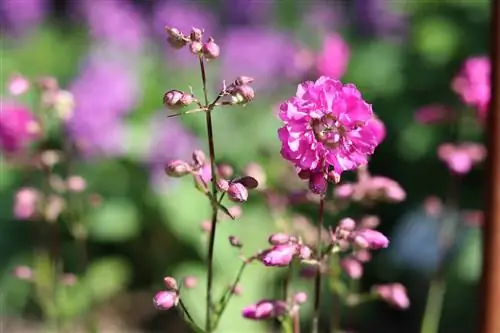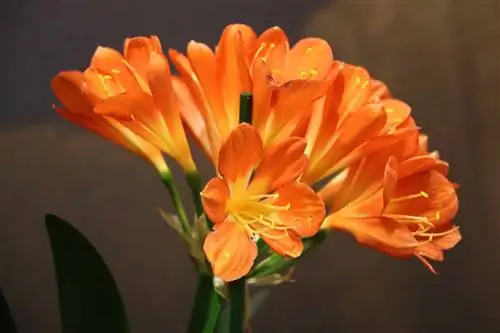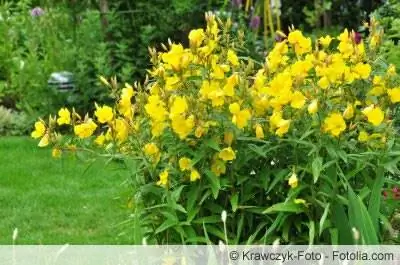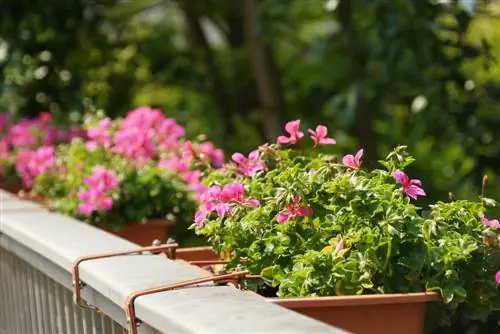- Author admin [email protected].
- Public 2023-12-17 03:39.
- Last modified 2025-01-24 12:45.
Here you can find all the important information about caring for the pitch carnation.
In addition to the common pitch pink, there are around 25 different Lychnis species. For example:
- Alpine carnation (pale purple to bright red flowers)
- Crown carnation (dark red, large flowers)
- Cuckoo carnation (red, elongated-pointed flowers)
- Jupiter carnation (pale purple to chimney red flowers, white woolly hairs)
- Scarlet carnation (orange to fiery red corollas)
Sowing
The optimal time for sowing pitch carnation seeds is the months of February to May. The germination period is around 10-20 days at a germination temperature of 18-20°C. Care should be taken to ensure that the seeds are lightly pressed when sowing, that they are always moist and are never covered with soil, as the plant is a light germinator.
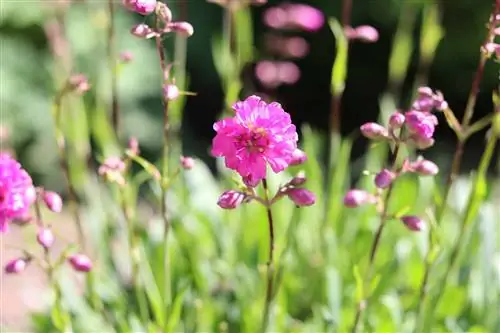
As soon as the plant grows, it can be planted in the bed. For this purpose, no more than 10 plants should be planted per square meter and a distance of 30 cm should be maintained. However, it can also be grouped into small tuffs. Then over time it forms flat clumps that can cover large areas.
Care
The pitch carnation is a relatively undemanding plant that requires little care in optimal locations. In terms of soil, normal garden soil with slightly acidic to low-lime soil is sufficient. A location that is as sunny as possible and where there is full sun for more than half of the day is best. It feels most comfortable in bushes, forests and fields as well as in other dry places such as sandy loam soils. In addition, waterlogging of the ground must be avoided, but the soil must not dry out and should always be fresh.
Cut
The spent inflorescences should always be cut back to hand height (approx. 5 cm) in spring. The plant should also be cut back every year after the main flowering (but before the seeds have matured). This can prevent excessive self-seeding and even if a second flowering is not expected, the plant will promote he althy new growth.
Over-aged, senescent plants should not only be cut back, but also divided, so that their willingness to flower and their lifespan can be increased.
Pouring
The pitch carnation should also be watered regularly. Since it tolerates lime poorly, use rainwater if possible. You should make sure never to water in full sun, but always in the morning or evening. The soil should also be loosened from time to time to avoid waterlogging. The plant can usually tolerate several weeks without rainfall without any damage, but it only becomes problematic when the plant shows clear signs of drought, such as very dry, drooping or wrinkled leaves.
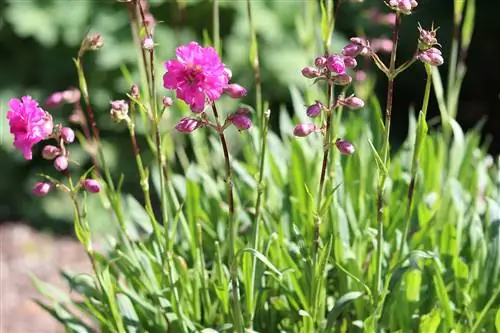
Fertilizer
Since the pitch carnation often reacts sensitively, it should only be fertilized moderately. When fertilizing in spring and at the end of June, you should use liquid fertilizer, as granular fertilizer could remain on the leaves and thus cause burns to the plant. For older specimens, fertilization in spring is often sufficient. Both organic and mineral perennial fertilizer can be used, but you should make sure that it works for a long time and has a height of 40-50g/m2 so that growth and flowering are optimally promoted.
Special features of the pitch carnation
- wintergreen plant
- Natural plant for bees and butterflies
- one of the most intense flower colors among native wild plants
- Pitch cloves can strengthen the defenses of plants in their immediate surroundings and thus have a positive effect on their growth and resilience
Profile
- Species/Family: Perennial. Belongs to the carnation family (Caryophyllaceae)
- Care effort: Low. Undemanding and easy to care for
- Flowering time: May to June with flower panicles consisting of loosely arranged medium-sized simple but mostly double flowers in purple-pink
- Foliage: Narrow, graceful foliage
- Growth: Upright, slightly bushy
- Height: 30 to 90cm
- Location: Sunny. Nutrient-rich, rather dry, open and lime-poor soil
- Planting time: Any time as long as the ground is not frozen
- Cut: close to the ground in spring
- Partner: Dwarf Gypsophila
- Care: Water regularly but avoid waterlogging
- Wintering: Hardy
- Illnesses/problems: Does not tolerate lime well, so it is best to water with rainwater
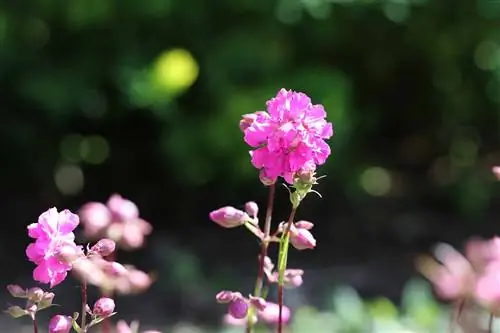
Special features
- Also called common pitch-pink and double-flowered pitch-pink
- Fits very well in the heather garden
- Can also serve as a bed border
- Is closely related to the campion (Silene x arkwrightii, syn. Lychnis x arkwrightii) and the burning love (Silene chalcedonica, syn. Lychnis chalcedonica)
- Is intended to strengthen the resilience of your surrounding neighboring plants
- Popular nectar source for bees, bumblebees and butterflies
Varieties (selection)
`Fire: Blooms from May to June with simple bright purple-pink flowers
`Plena: Delighted with double flowers
Naming
The plant got its German name because of a pitch-like dark, sticky substance that the common pitch clove forms on the stems as protection against aphids, for example

